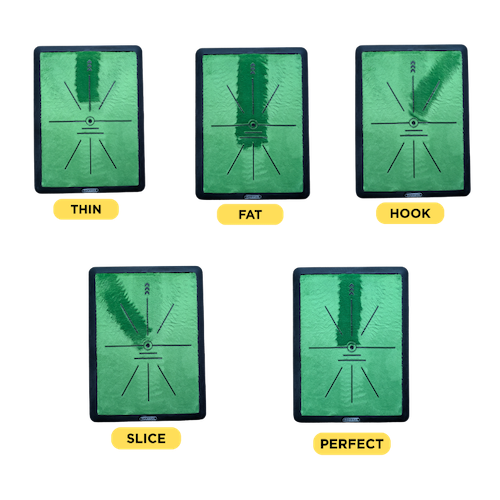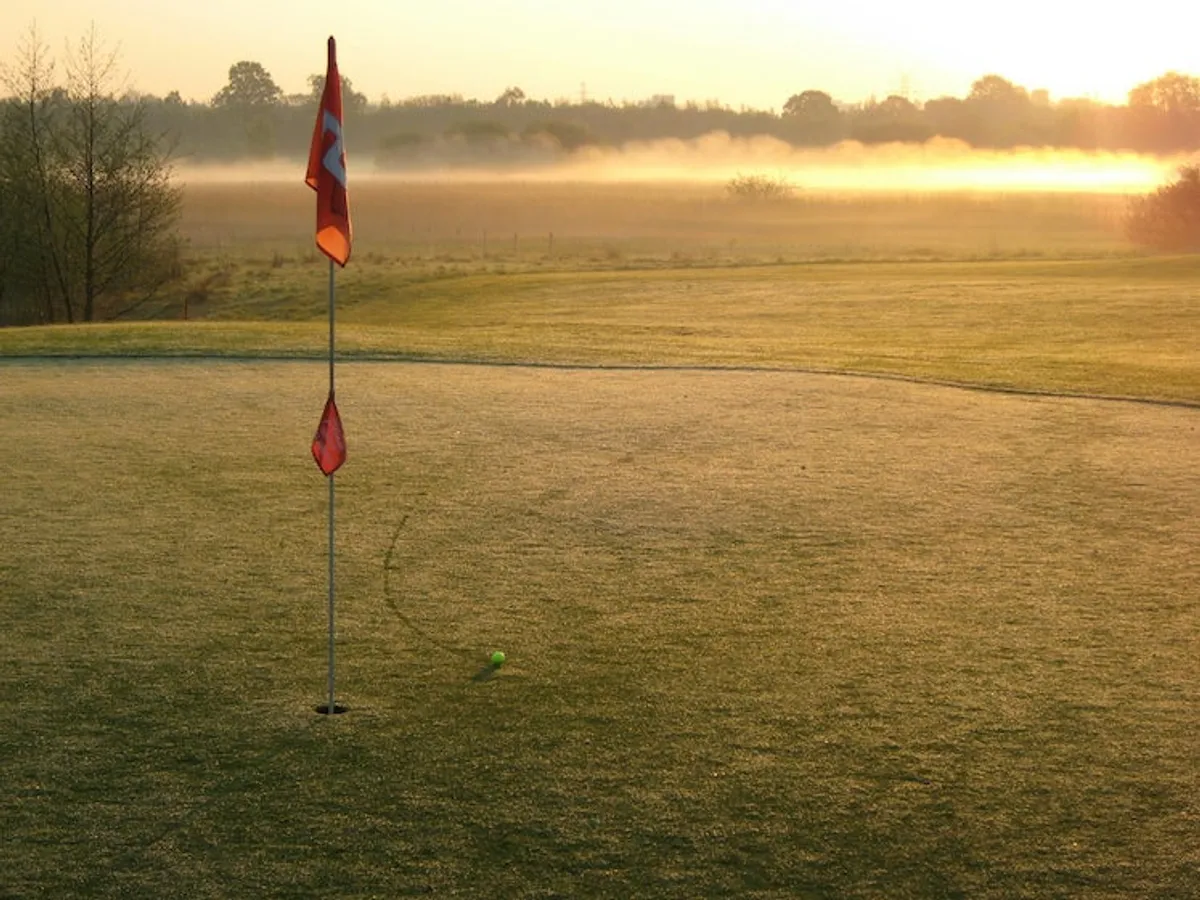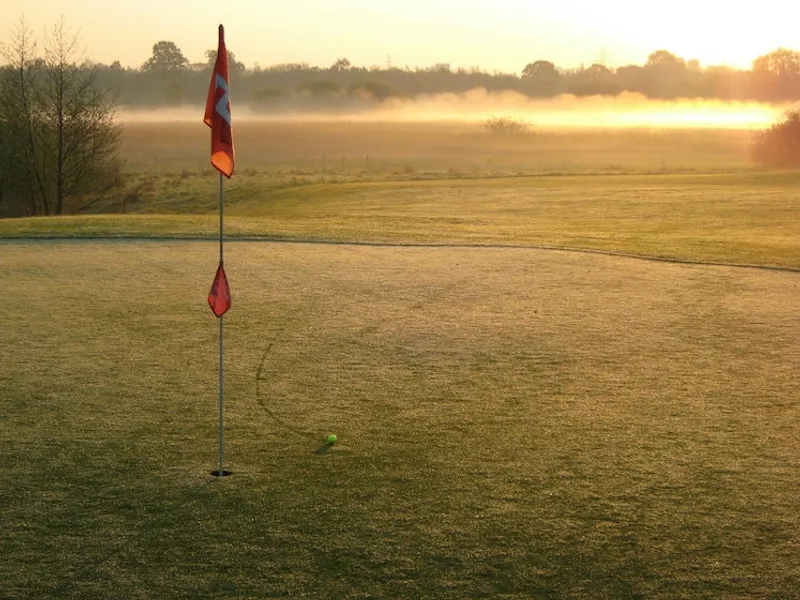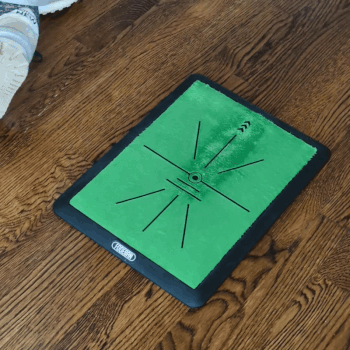A driver grip might seem like a minor detail, yet it serves as your direct connection to the club and ultimately influences shot consistency. When the grip feels natural, you can approach each shot with better control and comfort, helping you strike the ball with the confidence every golfer desires. In many ways, the grip lays the foundation for your swing—if this link between hand and club is secure and comfortable, it sets the tone for a balanced, effective drive.
This article explores how to recognize a worn driver grip, why replacing it at the right time can mean the difference between a mediocre and a truly satisfying swing, and how to select a grip tailored to both your style and performance goals.
Recognizing a Declining Driver Grip
One early indicator of grip decline is a change in feel. Over time, you may notice that the once-secure hold on your driver has started to slip just a bit when you swing. Such subtle movement in your hands often points to a grip that has lost some of its natural tackiness and can hinder your ability to control the clubface. Cracks, discoloration, or a surface that appears smoother than before also suggest that the grip is no longer absorbing moisture as it should and is not providing the reliable support you need.
How to Fix Swing Flaws From Home Without a Coach or Expensive Gadgets
Struggling with thins, fats, slices—or just can’t tell what’s going wrong?
This swing mat shows you exactly how your club strikes the ball, giving instant visual feedback after every shot. With just a few swings, you’ll start spotting mistakes in your swing path that are otherwise invisible.

It’s a quick, low-hassle way to connect what you feel in your body with what’s really happening at impact.
Use it indoors or out, no ball required—just swing and learn. It’s one of the fastest ways to improve your swing right from home.
Performance changes can be just as telling. You might see your shots losing distance or notice a gradual drop in accuracy, even though your swing mechanics feel the same. A grip that has become too smooth can shift or slide at impact, limiting the energy transfer from the clubhead to the ball. This reduced power may be slight but can accumulate over multiple rounds, undermining your game in surprising ways. When the grip fails to deliver a stable connection, it can disrupt your usual swing rhythm and plant seeds of doubt every time you step up to the tee.
Selecting the Ideal Driver Grip
Choosing the right driver grip involves looking beyond appearance and focusing on factors such as size, tackiness, and material composition. A driver grip should fit your hand dimensions so you can wrap your fingers and palm around it naturally. If the diameter is too large, you may grip with added tension, which can create stiffness in your swing; if it is too small, you risk too much hand movement and potential mis-hits. The right grip diameter offers that sweet spot where your hands feel relaxed yet firmly in control through the entire motion of the swing.
Material and texture also play a central role. Some grips feature soft compounds designed to absorb sweat and preserve a decent level of stickiness even in warmer conditions, while firmer designs emphasize crisp feedback at impact. When running your fingers over the surface, note whether it provides a reassuring amount of tackiness. Driver grips often incorporate specific patterns meant to harmonize with the faster, more forceful swing used for driving the ball off the tee. Although some golfers wonder about contrasting materials for their irons, the greater focus here is identifying a driver grip that optimizes launch conditions and distance.
As you narrow down your choices, it helps to test how easily your hand slips into position without extra effort. Simulate small practice swings to see if your grip remains stable and if your hands maintain the same pressure from address to follow-through. Pay close attention to any areas that feel overly slick or tight—slight misalignments can lead to tension or unwanted rotation at impact. By thoughtfully assessing each of these elements, you can pinpoint a driver grip that most closely matches your swing and enhances both comfort and control.
Golfers from all levels frequently emphasize the substantial effect a driver grip can have on their performance. Many report that a well-chosen grip featuring just the right blend of tackiness and cushioning helps them achieve a more relaxed yet secure hold, reducing the urge to squeeze the club too firmly. This balanced approach supports a smooth takeaway and a fluid swing, reinforcing the notion that a comfortable grip supports, rather than interferes with, each golfer’s natural technique.
These personal impressions also highlight the sheer variety of grips on the market. Every player’s hand shape, preferred swing tempo, and comfort requirements introduce differences in how a grip should feel. Golfers often note that it is crucial to develop clear criteria—or at least a sense of what you want the grip to accomplish—before wading through the many product options. When you know exactly how much firmness, texture, and stability you need, it is far easier to sift through reviews or try out samples until you find your perfect match.
Conclusion
A worn driver grip might not raise immediate alarms, but once you notice slipping or see visible signs of wear, it is time to take action. Cracks, faded color, and a slick surface can undermine your confidence, making even well-practiced swings feel uncertain.
Fortunately, transitioning to a grip that truly aligns with your personal style can be a straightforward yet meaningful upgrade. When you look for a size that nestles into your hand just right and a design with the right mix of softness and tackiness, you give yourself a stable, controlled connection to the club. By staying alert to the signs of a declining grip and making an informed selection, you stand to boost your driving distance, reinforce consistency, and rediscover the kind of swing confidence that brings out your best on the course.






